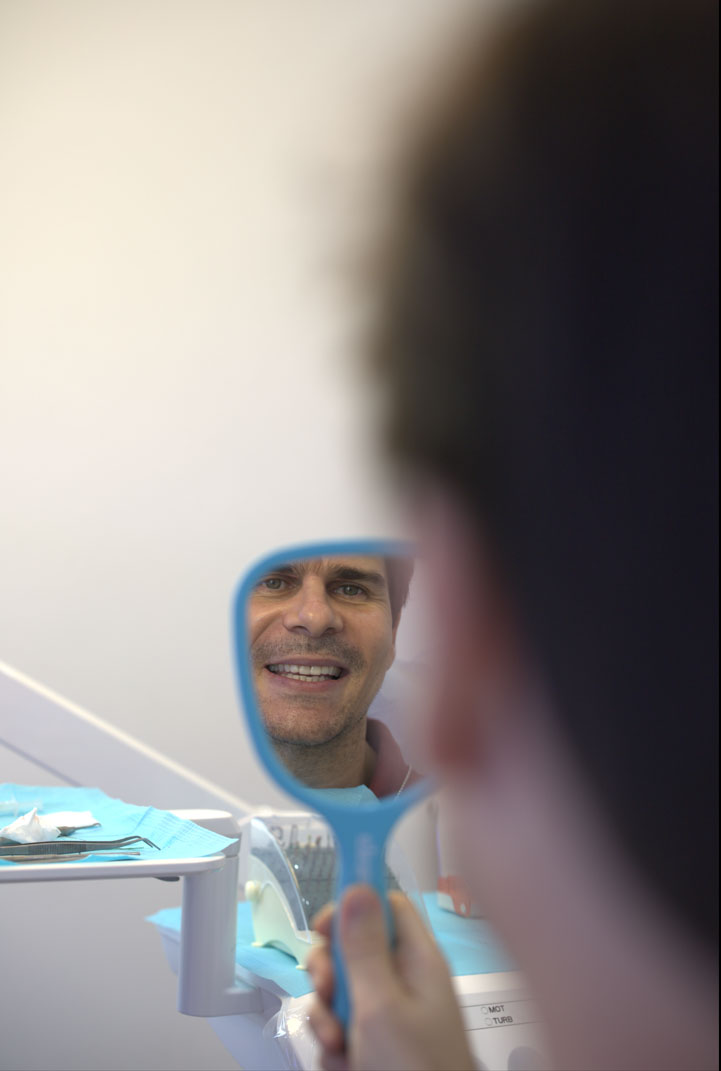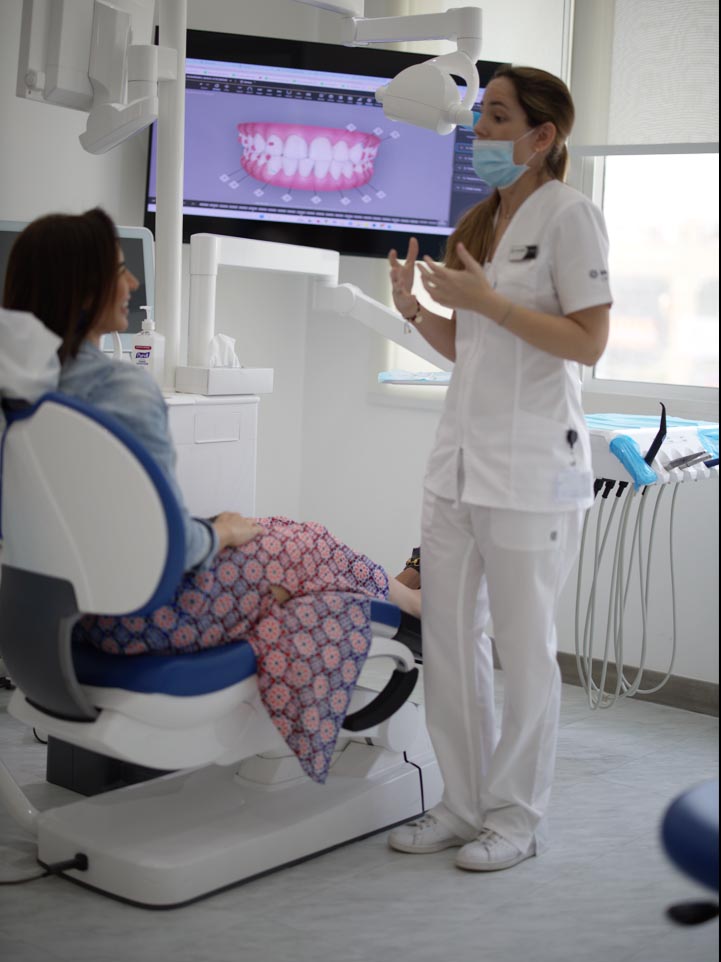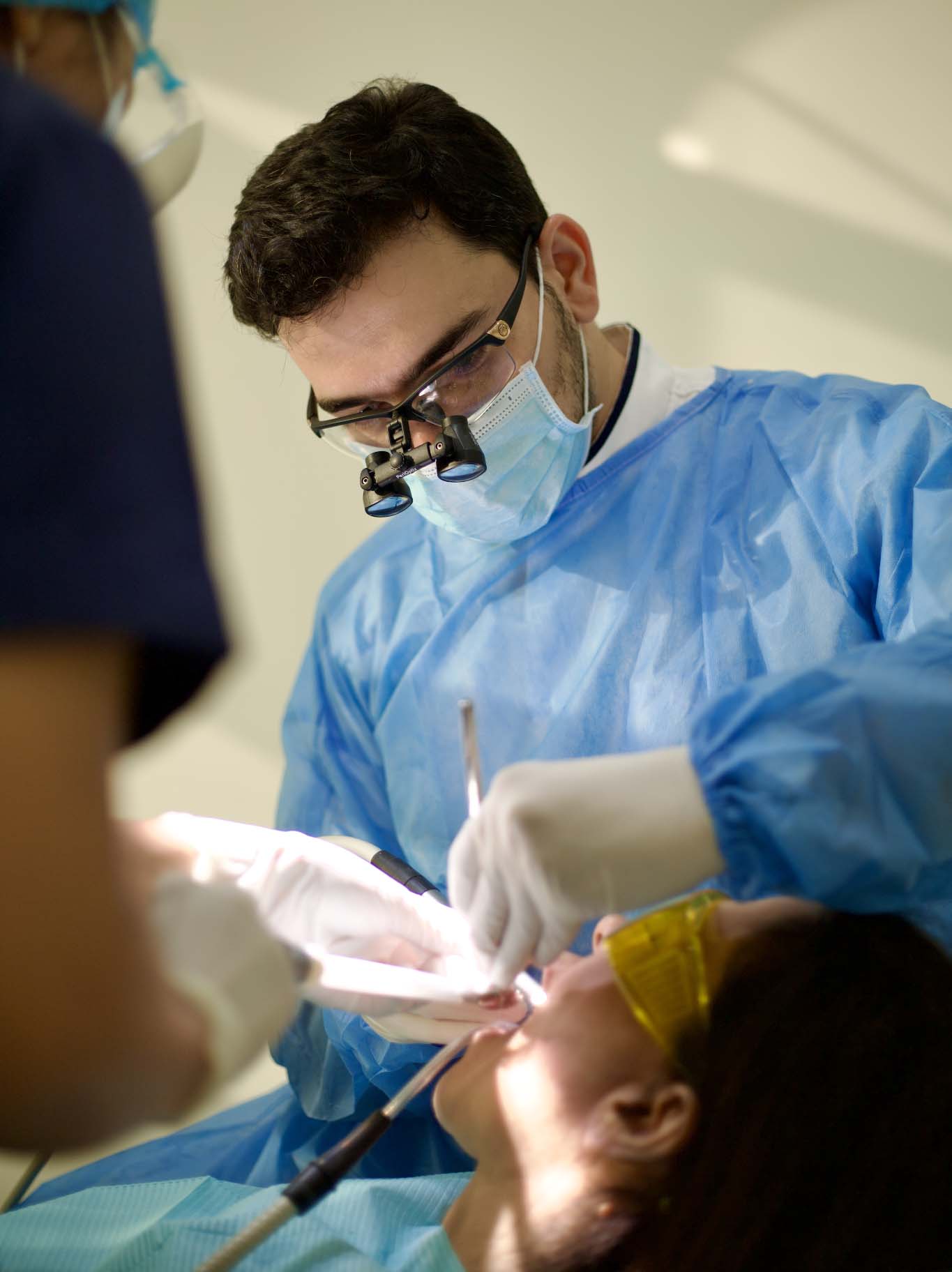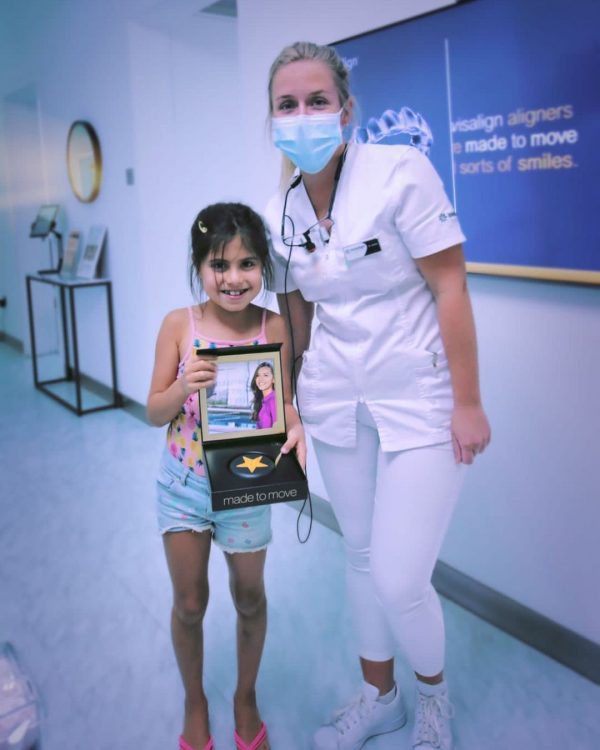The Future of Orthodontic Treatment: Invisalign and Advanced Dental Technology
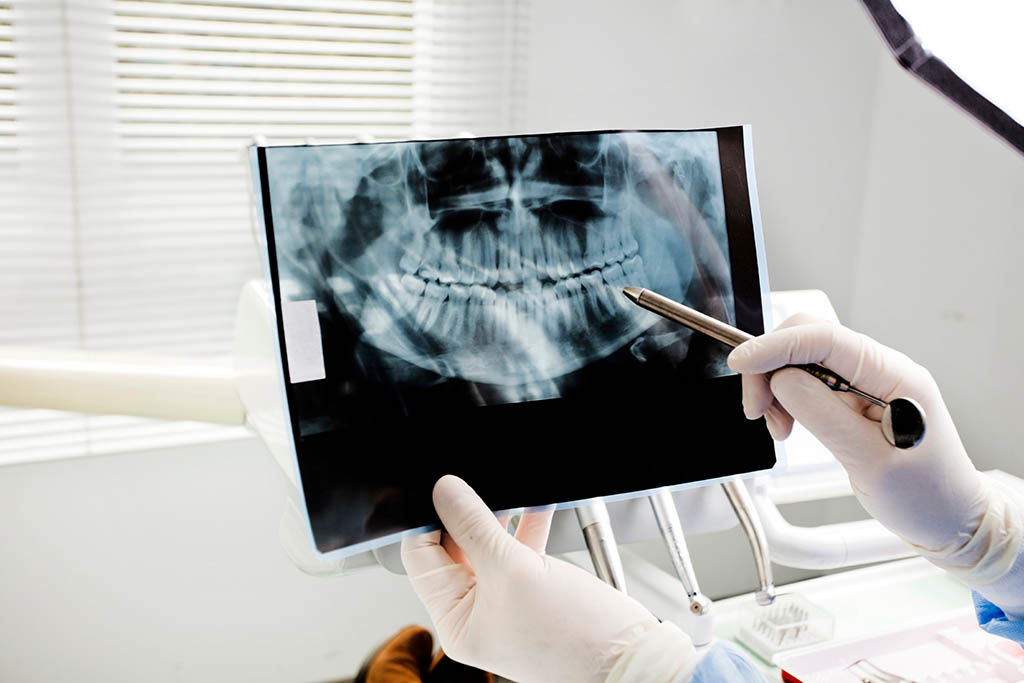
Orthodontic treatment has come a long way in recent years, and new technological advancements offer patients a more comfortable, efficient, and effective way to straighten their teeth. Invisalign, the clear aligner system, has become one of the most popular orthodontic treatments in the world. Such integration of advanced dental technology has made the future of orthodontic treatment look bright.
Invisalign: The Clear Aligner System
Invisalign is a system of clear, custom-made aligners that gradually move teeth into their desired position. The aligners are made from a proprietary material that is strong yet flexible, and they are virtually invisible when worn, making them a popular choice for adults and teenagers. Invisalign treatment has been proven effective in correcting several orthodontic issues, including crowding, spacing, overbites, underbites, and open bites.
Advantages of Invisalign
One of the significant advantages of invisible dental braces is their comfort. Unlike traditional braces, which can cause discomfort and irritation, Invisalign clear aligners are smooth and comfortable to wear. It allows patients to eat, talk, and live their lives normally without being self-conscious or uncomfortable.
Invisalign is also highly customizable, allowing orthodontists to design a treatment plan tailored to each patient’s specific needs. With advanced imaging technology, orthodontists can create a virtual 3D model of a patient’s teeth and plan their treatment accordingly.
Another advantage of Invisalign orthodontic braces is its convenience. The clear aligners are removable, making it easy for patients to clean their teeth and eat whatever they like. Unlike traditional braces, there are no food restrictions with Invisalign, making it a more convenient option for on-the-go individuals.
Advancements in Dental Technology
Dental technology is constantly advancing, and orthodontic treatments are no exception. From 3D printing to virtual reality, new technologies are making orthodontic treatments more efficient and effective.
3D Printing
3D printing has revolutionized orthodontics by allowing for the creation of custom-fit aligners. This technology allows for precise and accurate molding of the aligners, ensuring they fit comfortably and effectively.
Virtual Reality
Virtual reality technology is also used in orthodontics to create virtual models of patients’ teeth. It allows orthodontists to simulate teeth movement and predict the treatment outcome. This technology helps orthodontists to make more informed decisions about the best treatment options for their patients.
CAD/CAM Technology
Computer-aided design and manufacturing (CAD/CAM) technology is also gaining traction in the orthodontic industry. This technology enables the production of personalized braces and aligners that match the patient’s needs. As CAD/CAM dentistry materials and methods have progressed over the years, so have the treatments that patients can receive from this digital approach. CAD/CAM restorations are better-fitting, more resilient, and more natural-looking than previously machined replacements.
Digital Impression Technology
Another development in orthodontic therapy is digital impression technology. A digital scanner is used to create a detailed 3D representation of a patient’s teeth. Digital impressions are cutting-edge technology that allows dentists to use lasers and other optical detection technologies to produce a virtual, computer-generated reproduction of the firm and soft mouth tissues. Most patients find this approach simpler and more comfortable because there is no need for a traditional impression.
Benefits of Advanced Dental Technology in Orthodontics
There are many benefits to using advanced dental technology in orthodontics, including:
Improved Comfort
Advanced dental technology has made orthodontic treatments more comfortable for patients. With custom-fit aligners and braces, patients experience less discomfort during treatment.
Increased Efficiency
New technologies have made orthodontic treatments more efficient. For example, digital impression technology reduces the need for multiple appointments, saving patients time and money.
Better Outcomes
Advanced dental technology has allowed orthodontists to achieve better outcomes for their patients. With virtual reality simulations, orthodontists can predict treatment outcomes and make informed decisions about the best treatment options.
Orthodontic treatment is constantly evolving, with new technologies making it more comfortable, efficient, and effective. From Invisalign to advanced dental technologies like 3D printing and virtual reality, the future of orthodontics is bright. If you’re considering orthodontic treatment, discuss your options with your orthodontist to find the best solution for your needs.

